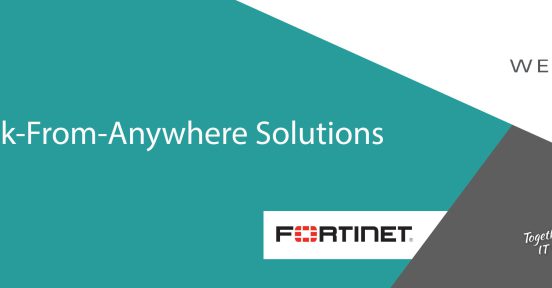25 . 01 . 2024
Geographic Information Systems (GIS), how they help make strategic decisions
Discover how Geographic Information Systems (GIS) transform strategic decisions and how to leverage this technology for IT management.
Table of contents
Today, businesses and administrations need tools that allow them to make quick decisions based on accurate, real-time data. Enterprise smart maps, powered by Geographic Information Systems (GIS), have become a fundamental solution for efficient operations management.
From logistics planning to emergency management, this technology facilitates resource optimization and improves strategic decision-making.
Applications of Geographic Information Systems (GIS) in business
Enterprise smart maps powered by Geographic Information Systems (GIS) offer advantages in multiple sectors. Their ability to integrate geospatial data helps companies improve efficiency in their operations. The most notable applications include:
- Identifying business opportunities:
- Determine the ideal location for new stores or branches.
- Detect areas with high market potential based on demographic data.
- Infrastructure and logistics management:
- Monitor and optimize distribution networks and inventories.
- Plan efficient routes to reduce costs.
Integrate enterprise smart maps into your processes to improve your decision-making and productivity.
Using enterprise smart maps in the public sector
In the public sector, this technology improves traffic management, public transport and urban services. Administrations around the world use enterprise smart maps for:
- Traffic and public transport management:
- Optimize public transport routes.
- Monitor vehicle flow in real time.
- Emergency coordination:
- Plan logistics deployments during mass events
- Respond quickly to natural or urban emergencies.
- Asset management and urban services:
- Facilitate urban planning.
- Share information in real time with citizens.
From large companies and Public Administrations to SMEs, startups, entrepreneurs and developers choose to implement advanced Geographic Information Systems (GIS). In this way, they achieve greater operational efficiency and transparency.
How to implement Geographic Information Systems (GIS) efficiently
The key to leading strategic projects, as in any technological challenge, is to have specialized technological partners. This is how clients can improve their ability to manage critical operations and optimize resources.
With the use of Geographic Information Systems (GIS) and Big Data, it is possible to:
- Optimize business expansion:
- Facilitate market assessment using geospatial data.
- Choose strategic locations for distribution centers.
- Plan and manage complex operations:
- Reduce risks with predictive models and precise planning.
- Ensure efficient management in changing environments.
- Provide continuous IT support:
- Ensure optimal performance of GIS platforms.
- Customize each implementation according to the client’s needs.
With a strategic partner, such as Wezen, organizations can transform their processes and maximize the value of their technological investments.
The relevance of Big Data in Geographic Information Systems (GIS)
The combination of Big Data and Geographic Information Systems (GIS) has become a strategic tool for organizations seeking to manage large volumes of georeferenced information. This integration allows data to be captured, processed and analyzed on a large scale, offering more accurate and relevant perspectives for decision-making.
Big Data provides the ability to manage information in real time, facilitating the detection of patterns and the anticipation of critical events. Applied in GIS platforms, it allows complex data to be visualized through interactive maps, which is crucial in logistics operations, urban planning, emergency management and geospatial marketing.
Among the most notable benefits of this integration are:
- Predictive analysis: It allows scenarios to be modeled to identify risks or determine future behaviors, such as traffic patterns or consumer flows.
- Real-time optimization: Companies and administrations can monitor transportation networks, infrastructure, or inventories instantly and make faster decisions.
- Operational efficiency: Automating the processing of large volumes of data allows organizations to manage resources more efficiently.
In other words, with this technology, organizations not only make faster decisions, but also optimize complex processes and maximize their results.
Conclusion
Business smart maps are a powerful tool that improves decision-making in both companies and public administrations. In an environment where digital transformation is essential, at Wezen we offer you solutions that maximize efficiency and strengthen operational management.
If you want to optimize your operations with the right technology and discover how we can help you achieve your goals. Write to us.

Illustrative image: Generated with AI Dall E


